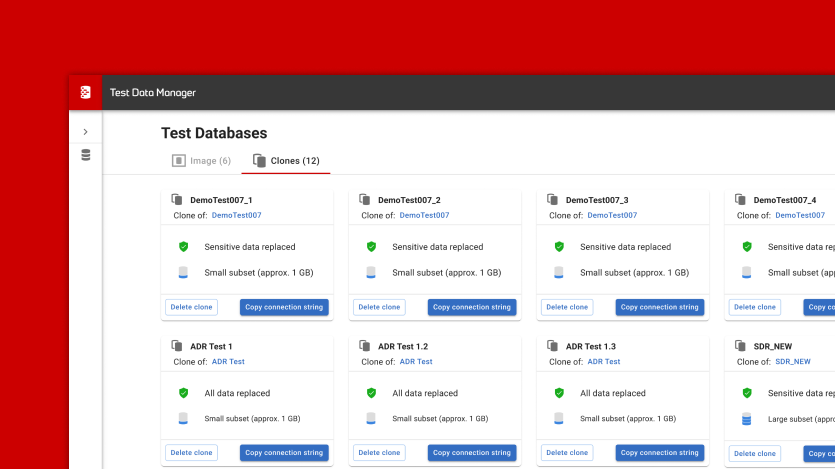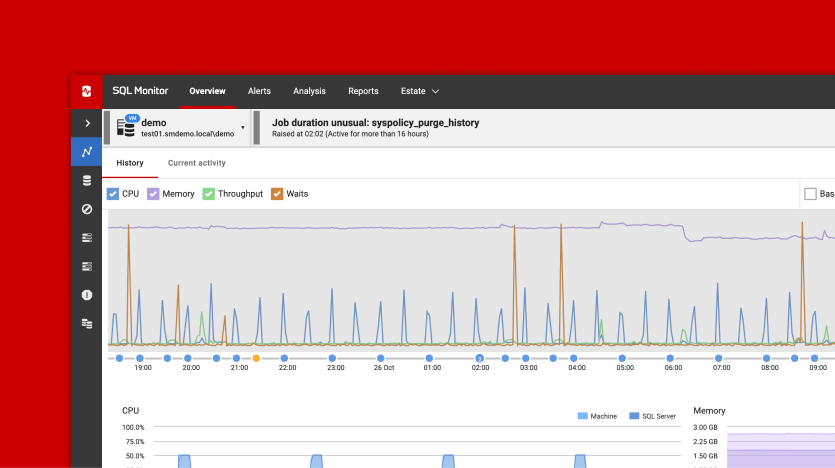DB-Engines shares Q1 2025 database industry rankings and top climbers: Snowflake and PostgreSQL trending
Oracle maintains its top-ranking spot; persistent growth trends from PostgreSQL and Snowflake highlight Q1 2025 rankings analysis.
DB-Engines is today sharing Q1 analysis of the database industry rankings and top climbers. While Oracle has maintained its top-ranking spot as the most popular database for several years, we are seeing persistent growth trends from PostgreSQL and Snowflake, which has broken through to sixth place for the first time this quarter, overtaking Redis.
Oracle’s continued popularity looks unlikely to shift. Not only does it retain the top spot in the rankings, but the database management system (DBMS) was also the third biggest climber in 2024’s DBMS of the Year, reaffirming its comprehensive data management capabilities and dominance in the market.
However, among several other DBMS we see some notable shifts and trends in DB-Engines top climbers across the last two quarters. Snowflake was the biggest climber for March, has appeared in the top climbers in four of the last six months, and was the DBMS of the Year for 2024. The popularity of the platform is likely driven by its innovative cloud-based architecture that offers scalability, performance, and ease of use for data warehousing and analytics.
PostgreSQL ranks as March’s second biggest climber, and has equally appeared among the top climbers in four of the last six months. Its steady ascent is attributed to its comprehensive feature set, adherence to SQL standards, and strong community support, making it a reliable option for diverse applications ranging from web development to complex data analysis.
While MongoDB is the third biggest climber for March, the flexible document-oriented model has not appeared in high climbers in the last six months, and the DB-Engines trend over time is in fact showing a slowdown in popularity. While Mongo’s scalability makes it the preferred choice for modern applications that require high performance and the ability to handle large volumes of unstructured data, it may be that industry needs are currently better suited to more traditional databases, or that requirements for Mongo are currently met.
Ryan Booz, Redgate advocate comments: “The recent shifts in the DB-Engines rankings and top climbers are a testament to the dynamic nature of the database landscape. Snowflake’s continued growth in popularity, despite some variation in its top climbing position at the end of 2024, highlights its innovative approach to cloud data warehousing, which continues to attract a broad user base.
“PostgreSQL’s steady climb is a reflection of its versatility and robust feature set, which caters to a wide range of applications from web development to complex data analysis. MongoDB has such a strong set of features with its distributed architecture and efficient handling of unstructured data, but over time we are seeing a gradual decline in popularity. It will be interesting to see how this trend unfolds over the next quarter.
“Watching the high climber trends, as well as taking time to examine the smaller database management systems’ movement in the rankings, is always fascinating, and illustrates the importance of adaptability and innovation in database technologies. I’d call out Databricks, DuckDB, and ClickHouse as systems to watch in 2025.”
For more information about navigating the complexities of managing multiple databases, read more here from Redgate, or visit red-gate.com
Methodology
We calculate the DBMS of the year by subtracting the January 2024 from the January 2025 scores. We use the difference between each DBMS’s score, rather than a percentage growth, which would favor systems with lower popularity at the beginning of the year. The DMBS of the year is an illustration of how much each system increased in popularity during the year. You can read more about our exact methodology here, but in short we are ranking popularity of DBMS based on how much people are discussing and communicating about each system, including job offers, professional profile entries and citations on the web.
Visit the DB-Engines Ranking
Updated monthly, the DB-Engines Ranking lists database management systems according to their popularity.








